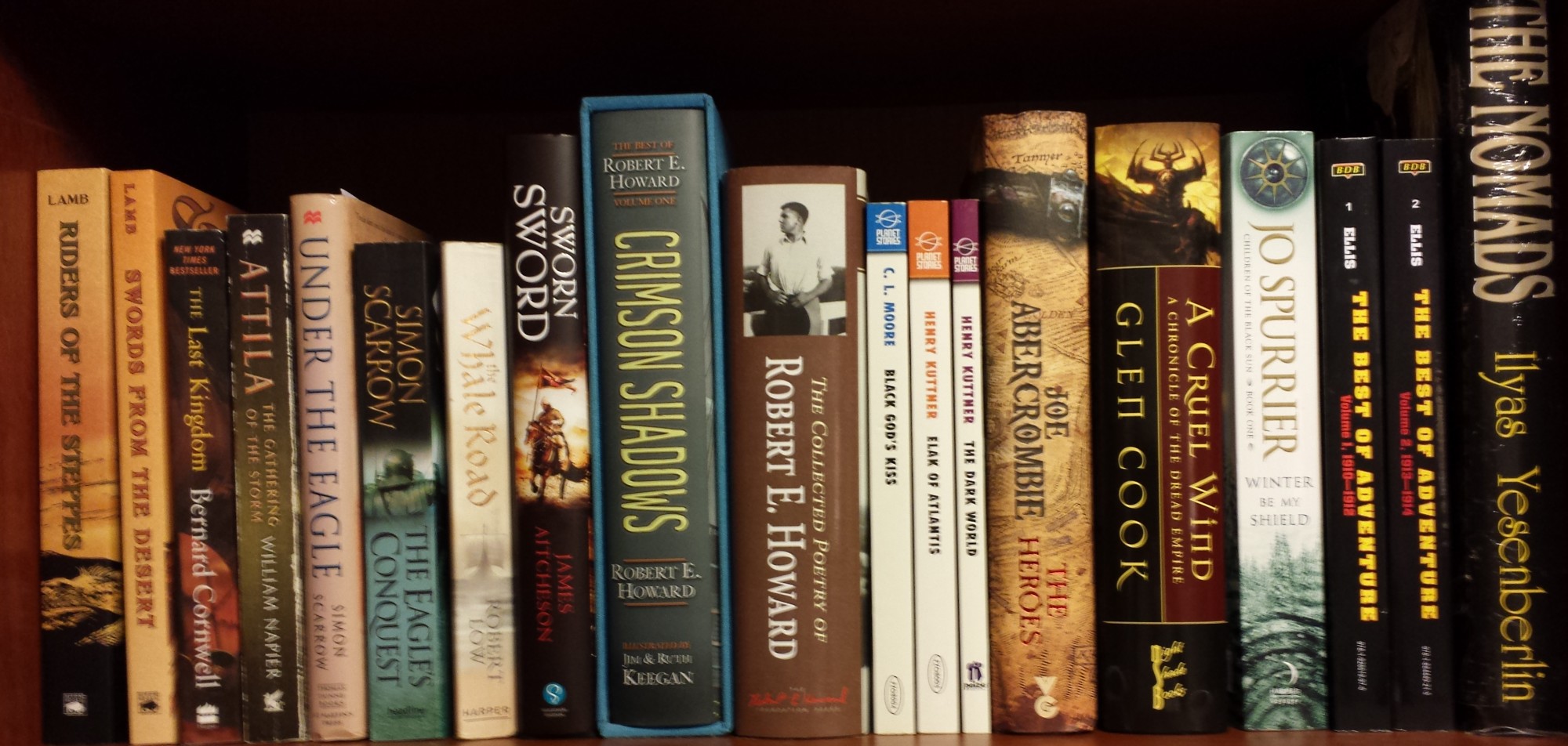I’ve been in the habit for the last few years of doing a post of Black Friday featuring stories with the word “black” in the title. This year, I’m looking at two stories by Fritz leiber in The Black Gondolier and Other Stories.
 This collection was first published by Midnight House in 2000. An electroinc version was realeased in 2014.
This collection was first published by Midnight House in 2000. An electroinc version was realeased in 2014.
The title novelette is, in my opinion, a bit long. Leiber spends much of the first half of the story giving a detailed description of Venice, Californiz and the Los Angeles area at the time the story was written. It first appeared in the Arkham House anthology Over the Edge in 1964.
Leiber does a good job of establishing the setting, to the point that the setting is almost a character. The environmental movement was jsut getting going at this time, and that’s reflected in the details.
The story is narrated by an unnamed man who befriends a man named Daloway. Daloway lives in a small trailer in Venice beside an oil pump. He is having dreams of a black gondolier who is ferrying him along a canal filled with oil.
By this time, oil derricks are all over the place in Venice. The town is falling into decay, and oil often coats the surface fo hte water in the canals, which are only full if there is a heavy rain. Leiber goes into detail about how the town is falling into decay, with polluted canals and bridges that are falling apart.
Daloway believes that oil is alive and sentient. He cites instances which he believes oil has intentionally killed people. Now the oil is out to get Dalloway.
The narrator doesn’t believe this. At least not at first.
But then there’s a storm overnight, a torrential downpour. He drives to Dalloway’s trailer before dawn. When he arrives, he thinks he sees a gondola turning around a bend in the Grand Canal.
The oil well beside Dalloway’s trailer is leaking oil. It sprays oil on the trailer with every pump. What he finds in Dalloway’s trailer and around it, is even more disturbing.
This story is a slower story than the Fafhrd and Grey Mouser tales. Leiber pioneered what becaem known as urban horror early in his career. These were stories set in what at the time was contemporary urban settings. “The B;ack Gondolier” is a continueation of that type of story. It was updated to make it contemporary for the time it was written. I don’t know much about Venice, California beyond what Leiber states in this story, so I don’t know to what extent the description is still accurate.
 The other story in this collection that fits with this theme is “Black Has Its Charms”. It was first published in the December 1984 issue of Whispers magazine.
The other story in this collection that fits with this theme is “Black Has Its Charms”. It was first published in the December 1984 issue of Whispers magazine.
This story is an unpleasnat monologue with an unrealiable, and very unlieable, narrator.
A middle aged woman, who is an alcoholic, is telling off her husband. If her version of their marriage is accurate, then he is pretty unlieable as well. Neither of them are named.
She claims that she got him job opportunities and provided him with women when he tired of her. Then she accuses him of being so weak he couldn’t, or wouldn’t, take advantage of the women she provided for him.
I think the most accurate thing the woman says is when she tells her husband that their son wants nothing to do with the m because they are sick.
I’ll agree with that last part.
There are no fantastic elements in this story. It’s just a character study of two people I wouldn’t want to spend any time with in real life. The black in the title comes from the way the woman is dressed. Black negligee, black fur coat, black shoes.
I’ve not read either of these stories before. I’d be willing to read “The Black Gondolier” again. “Black Has Its Charms”, no.



Fritz Leiber was very good at atmosphere and setting. Out Lady of Darkness made San Francisco spooky. Nehwon was exotic and sinister setting for the Twain. He occasionally spent to much time doing that though.
Pingback: Fritz | Adventures Fantastic